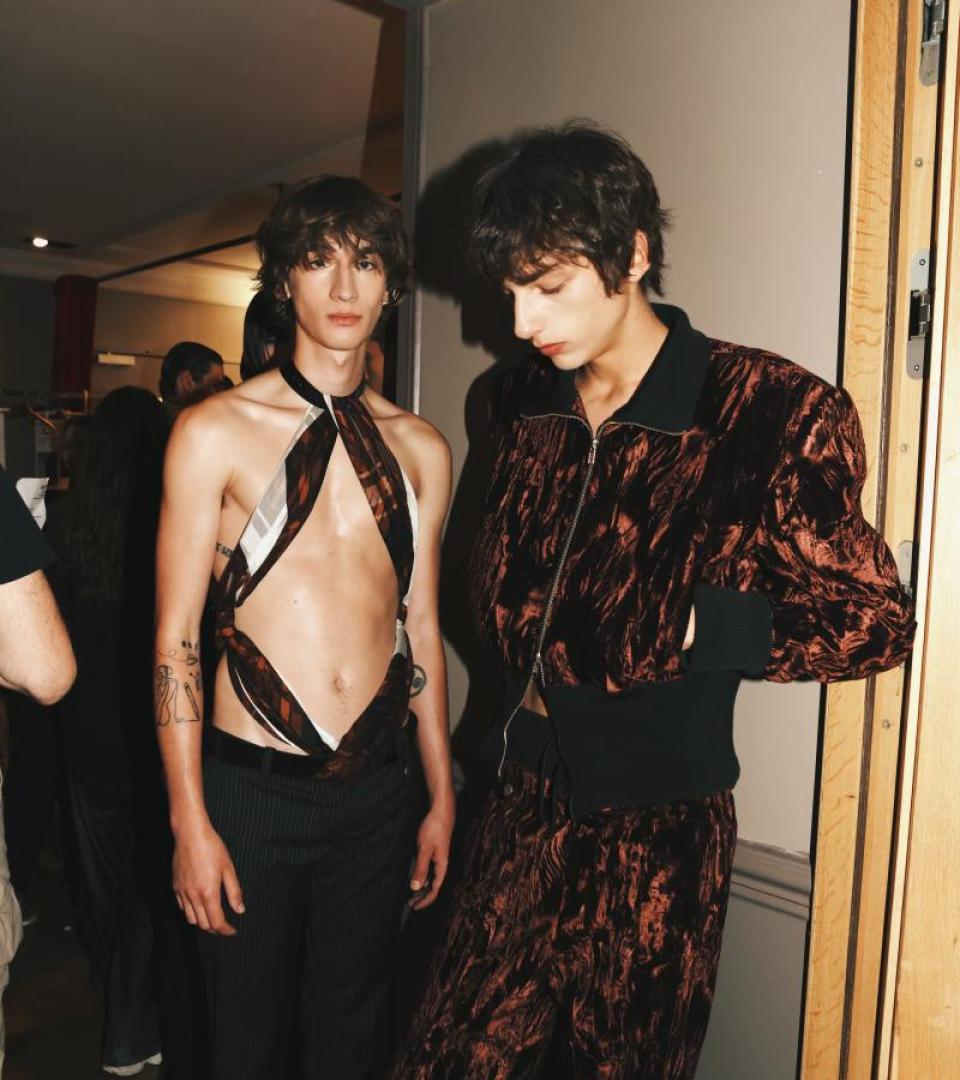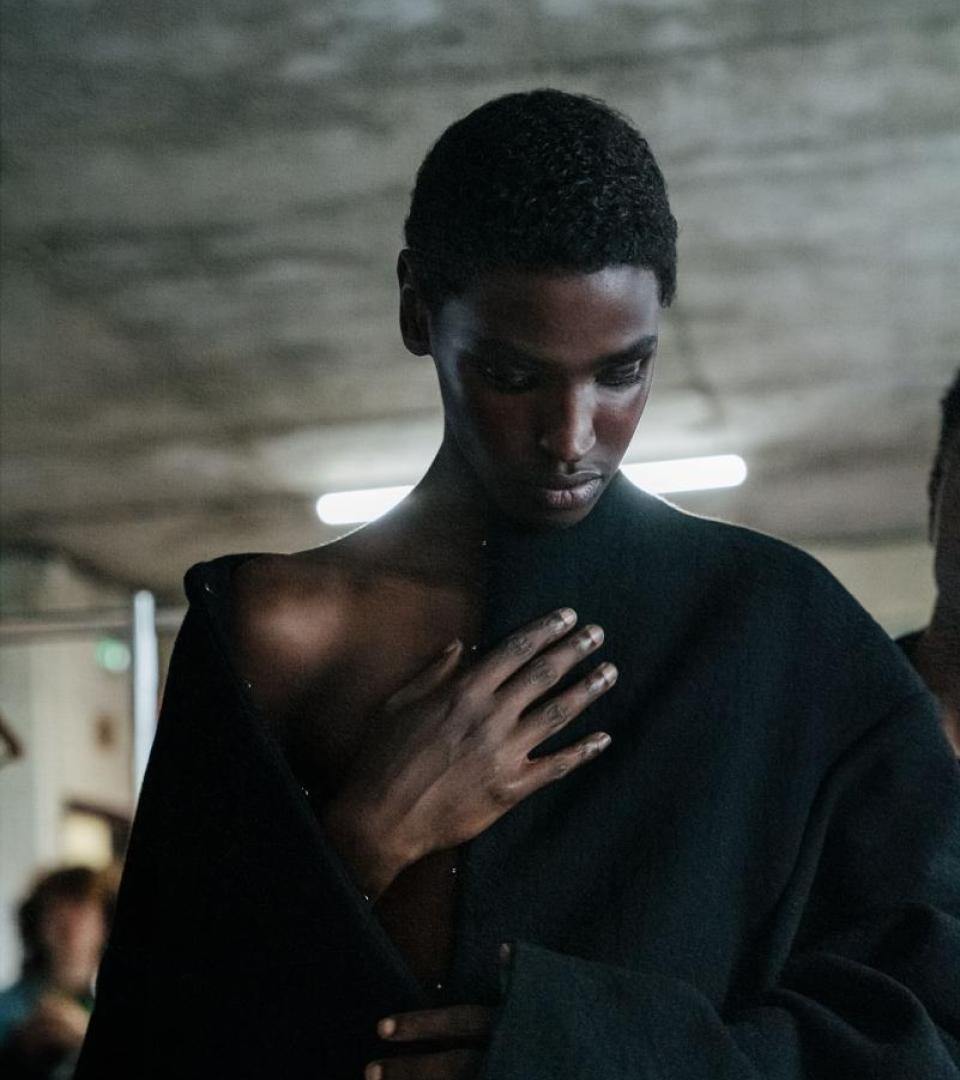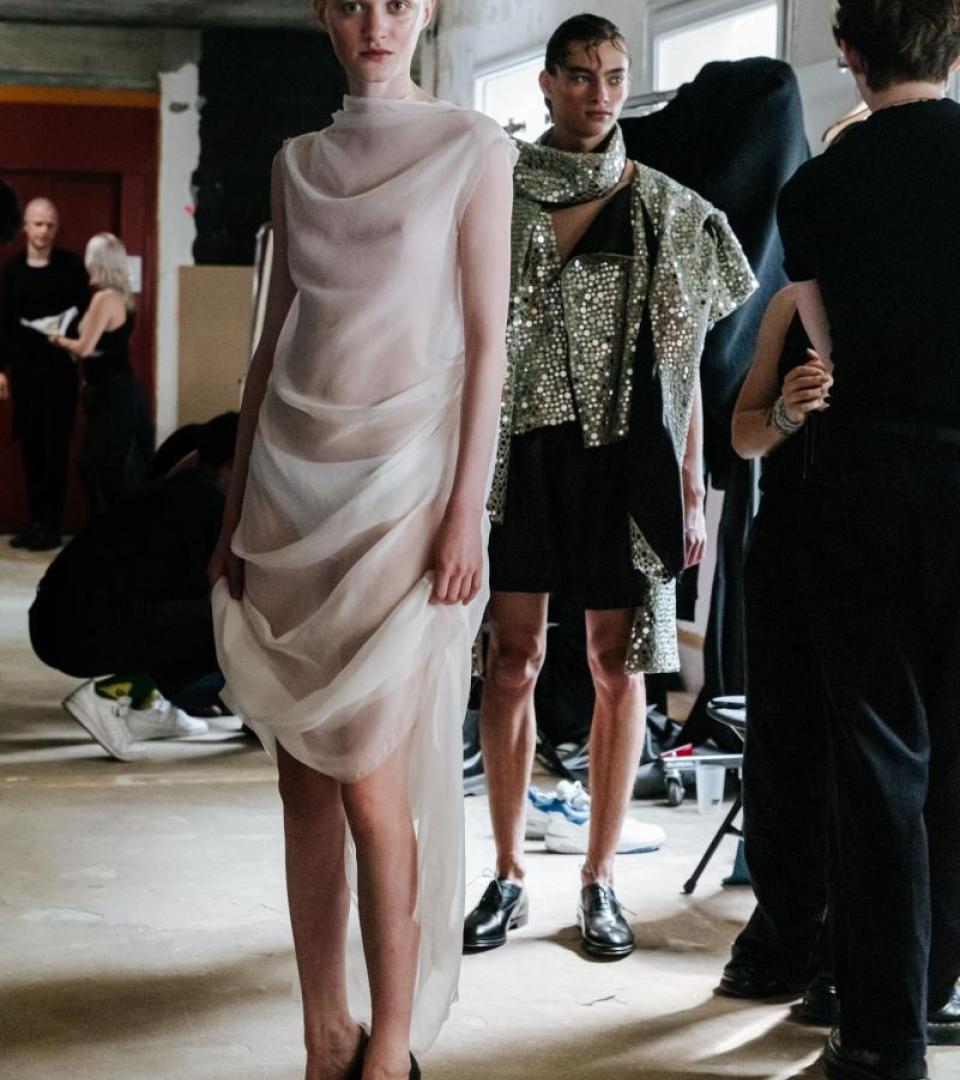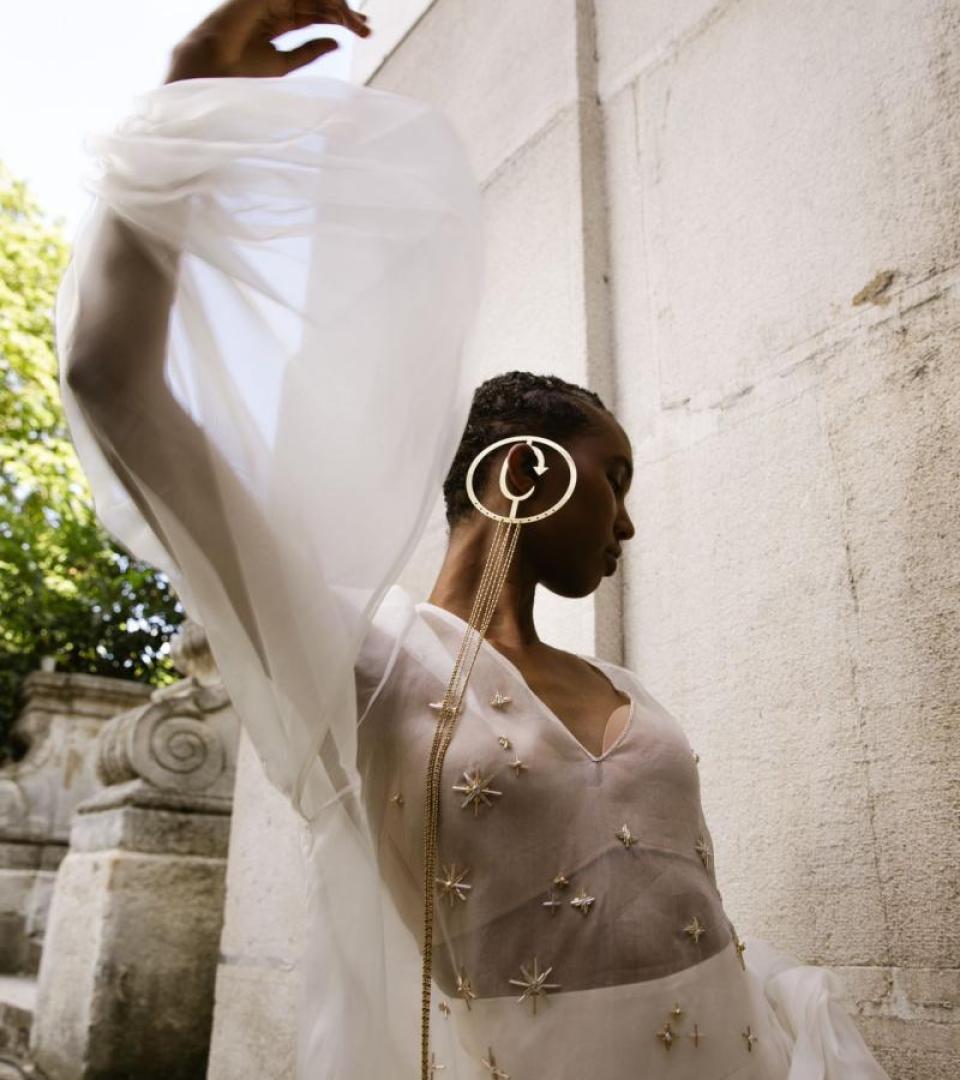Where do you look for new ideas or voices in fashion?
A lot of my research for the collections is quite analog. We work closely with expert weavers, block printers and embroiderers all around India. Besides literally researching textiles, you get exposed to a lot of different cultural elements and ideas on dressing that people have adopted either instinctively or through practicality over time. Bringing some of these references from my travels into our collections has been very rewarding.
In which ways might fashion creativity effectively drive growth?
I don’t think I view creativity vs. commerciality as a tradeoff. If you assume your audience is intelligent and wants to find interesting things made in a considered way, then those creative concepts can be a growth driver. In the stores that we are selling in (Dover Street Market, Selfridges, BoonTheShop), I think if your concept is not dialled in then you just won’t be able to last. So there’s an incentive to push yourself creatively.
How essential is heritage and/or a distinctive identity in contributing to a brand’s success?
For us specifically, heritage is quite important. Our production is rooted in a network of expert artisans who have been passing down information from generation to generation. The preservation of these crafts is extremely important for our brand to keep growing. I don’t think it’s necessary for every brand but just given the fragmented nature of our supply chain and the reliance on a very specific type of cultural knowledge, it’s very important to us.
What surprises you about the industry in 2025?
It takes a long time to bootstrap a brand to something significant. Initially when we started getting into stores, it felt really good and I was very optimistic about the brand. I still am, but in a different way. I think in 2025, the ability to directly engage with your community has become the most important way to grow sustainably. For a long time it was quite challenging for us, being based in India, which is a growing but still small market for us. Opening up in New York has definitely brought us closer to our audience and participating in high impact platforms like Paris Fashion Week® also allows us to communicate more effectively.
Who or what is generating the greatest influence in fashion today?
I think right now what’s most interesting to me is that there seems to be a real appetite for newness with consumers and press. If you can provide something with a built out universe beyond just creating compelling product, then customers can really develop a relationship with a brand. Besides that, I think vintage stores and their curations, given how directional some of them are, almost act as their own brands. And that’s quite exciting both from a design referencing point of view and in how people are dressing. Stores are able to propose a very considered idea on dressing for the first time.
How do you think your brand can spark and sustain desire with so much else going on in the world?
That’s the million dollar question. The most obvious way for us is to keep investing in product, keep investing in imagery and to aim to achieve some degree of timelessness. I don’t think competing in the attention Olympics is necessarily the best strategy for an independent brand like ours. Taking advantage of opportunities like participating in Paris Fashion Week® seems like a good move for us.
There seems to be more overlap between fashion/entertainment and fashion/sports than ever. Thoughts?
It’s the pop-culturification of fashion. I think that crossover is quite interesting. I know one of the reasons I started my brand was to build a South Asian cultural touchstone that was globally aspirational. Growing up, it was really hard to find that; but now I think there’s a cross-discipline movement that fashion is one key part of.
This interview has been lightly edited.



